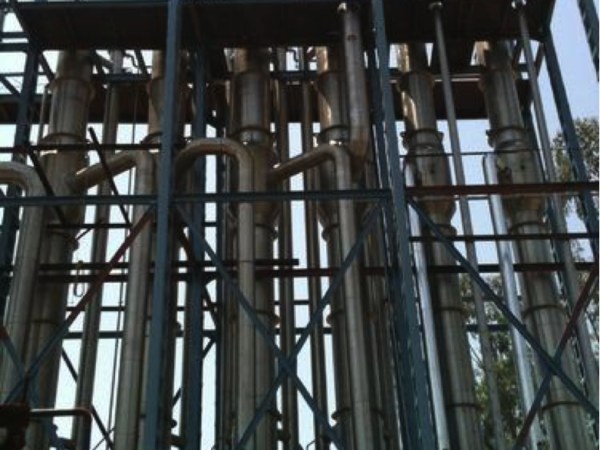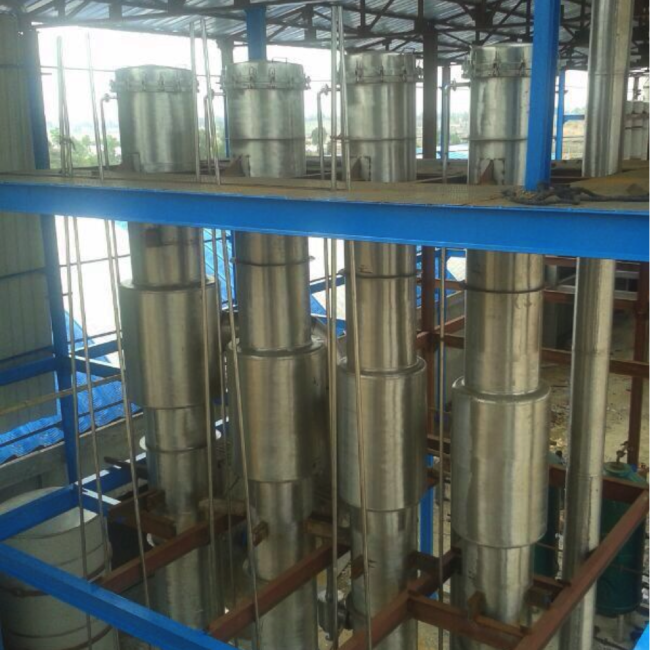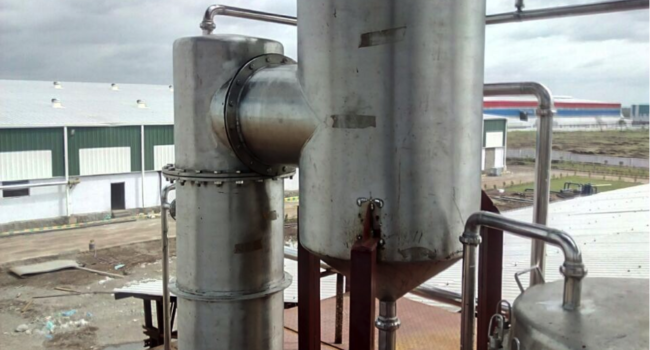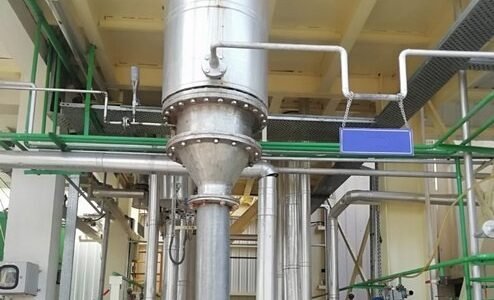We are leading and expert manufacturer of Evaporator Plants for applications related following industries, Beverage, Pharmaceuticals, Automobile, Dairy ,Water Treatment ZLD Glucose Industries, Starch industries etc.
How Evaporator Work-:
Evaporators are used in industries to concentrate the product through the process of evaporate water . Evaporators can be in range of single effect to seven effects which depends upon the volume of product to be process through the evaporators.
The technology is based on basic principle of reduction of quantity by concentrating the Product and subsequently separation of water. Product effluent is fed to the evaporator to concentrate up to concentrate up to 30% to 90% solids concentration. The total process is under vacuum and the vapors generated in the system are re-used to economize steam consumption in multiple effect evaporation system with the help of thermal vapor recompression system. The thermal vapor recompression use vapors generated in the evaporator and compressed it by steam and the compressed vapors are used as heating medium in the evaporator, reuse of vapors as a heating media reduces the steam consumption makes evaporators much economical than other traditional methods of evaporation .







